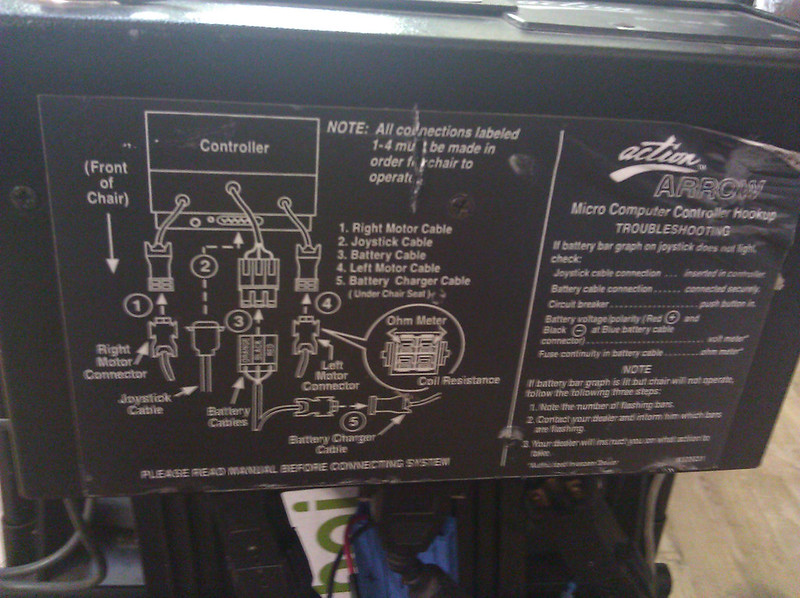There are a lot of programs for improving access to assistive tech at the state level, often supported by universities and independent living centers. TechOWL at Temple University in Pennsylvania is a great example, with tons of resources and material if you want to learn about AT options. It stands for Technology for Our Whole Lives. (We love a cute acronym here at GOAT!)
Resource centers like TechOWl exist in part in the U.S. because of support from the Assistive Tech Act of 1988.
Every U.S. state and territory has a mandate, and state funding, to give people access to learning about, trying out, and obtaining assistive tech via an Assistive Technology Act Project (ATAP).
They all do four things :
- Lending library for assistive tech
- Used equipment program, often run by a group of contractors or vendors.
- Presentations and trainings, workshops
- Consults and demos for people to problem solve and explore AT
So, TechOWL is the ATAP for the state of Pennsylvania.
A few years ago, because they had a staff member with some expertise in 3D printing, they started the CreATe Together project for 3D printing assistive tech. That has grown to become a well supported program with an online catalog of standard devices you can request (if you live in Pennsylvania), and they’ll find a partner to make it for you. They also can handle some custom requests.
It is an interesting model that I’d like to see more of in California, where we have Ability Tools as the main ATAP program, with a strong focus on reuse but not a lot of “maker” activity that I’ve found.
The level of AT you can make with a 3D printer seems a bit limited. In the TechOWL catalog we see mostly small gizmos that can help a person with grip strength or dexterity problems. This makes sense on one level because for AT that has a more critical function there could be quality control safety risks that a state funded program (with an array of loosely associated fabrication shops or volunteers with home workshops) is not prepared to handle.
On the other hand I could already use a bunch of these little plastic gizmos. A thing that punches pills out of those annoying blister packs? Hell yeah!
You can see a slightly wider array of 3D printable devices on sites like Printables or Creality – or the Internet Archive’s backup of older Thingiverse models.
It would be very interesting to go through all these sites and categorize the types of assistive tech that we can find there!
Leave a Comment


